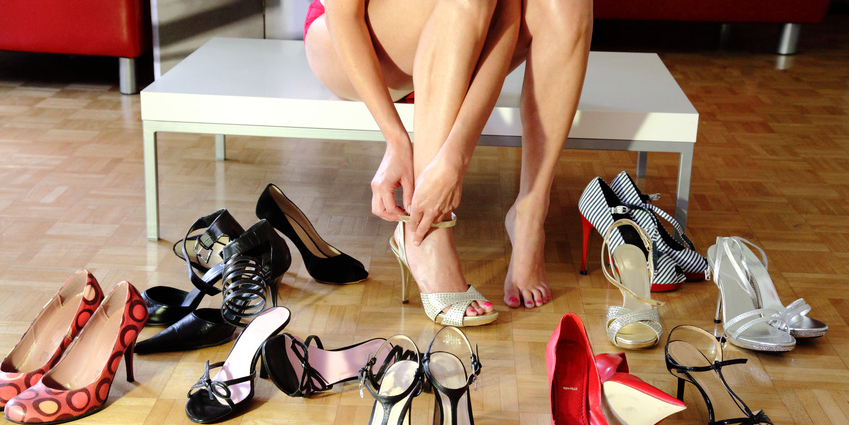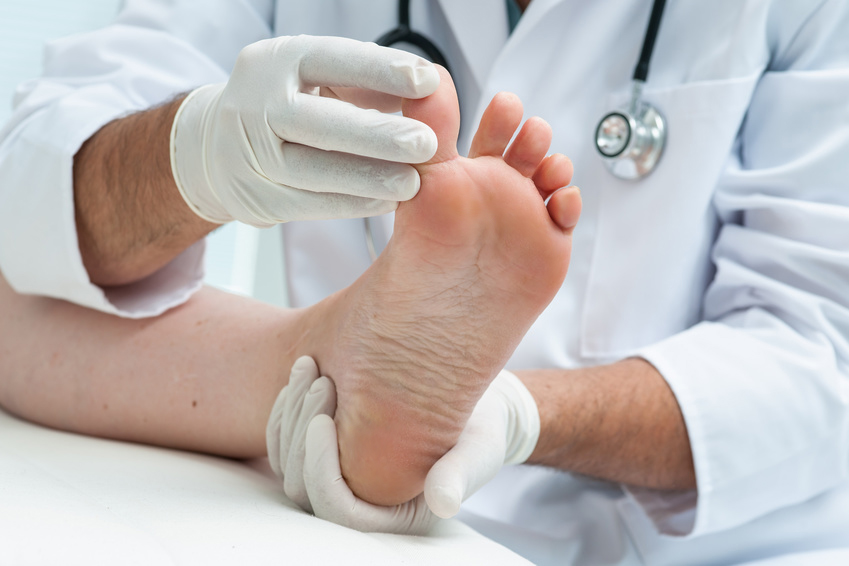Nail anatomy
Fingernails and toenails serve as protective coating and as tools. They are made of 100 to 150 irregular layers of horn cells and are generally between 0.5 and 0.7 mm strong. They are attached to the nail bed.
Fingernails and toenails grow at different speeds - while toenails grow approx. 1 mm per month, fingernails generally grow by the same amount in just one week. Nail growth is due to the hornification process behind the nail bed which is slowly pushing forward horned keratin.
What is an ingrown nail?
'Unguis incarnatus' or 'Onychocryptosis' are the medical terms for ingrown nails where the rim of the nail is pushed into the nail fold and thus causing discomfort.
There are numerous types of ingrown nails: normal nails that have been cut incorrectly, involuted nails and pincer nails. Unguis incarnatus often affects the large toenails of men and women. But infants and children also frequently suffer from this painful nail deformation.


Causes for ingrown nails
Ingrown nails are often caused by unsuitable shoes or incorrect nail care. If the nail edges are rounded or cut inappropriately, parts of the nail (spurs) may remain which subsequently grow into the nail bed or the nail fold. This causes skin irritation and subsequent inflammation. Since the skin is injured, granulation tissue (so-called 'excess granulation') is formed, consisting of skin cells which are produced to close the wound and then grow over the nail, causing the nail to protrude even deeper into the nail fold.
Nail growth disorders, foot malformations or genetic propensity can also cause painful ingrown nails.




